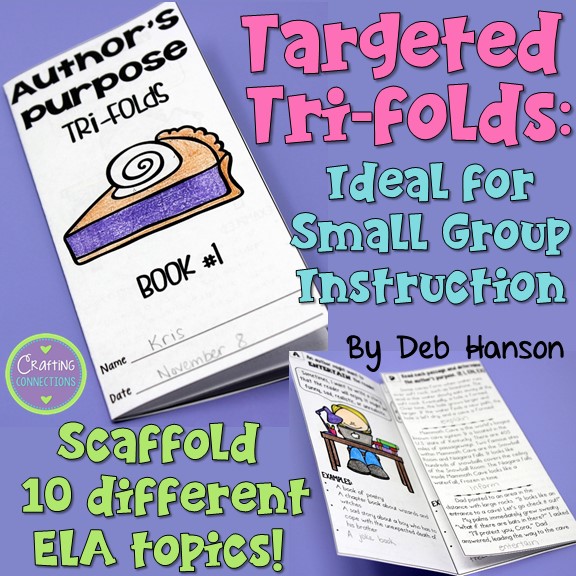- a reduced student-teacher ratio. Rather than trying to simultaneously meet the various needs of 30-some students at once, the teacher can focus on breaking down concepts based on the needs of 2-6 students.
- targeted skill instruction. When a handful of students who are struggling with a certain skill are pulled aside, the teacher can provide in-depth instruction related to that particular skill.
- individualized learning. When a teacher is focused on the needs of a small handful of students at one time, he or she can easily assess which aspects of a skill have been mastered, and which aspects will require additional learning opportunities and supports in order to eventually reach a level of mastery.
- increased student engagement. In a large group setting, there will always be students who are able to mask their true understanding of a skill by "flying under the radar". However, when students are engaged in small group instruction, they are required to be actively involved in each lesson. Furthermore, students are often willing to ask more questions in order to clarify a confusing concept in a small group setting.
During my 16-year teaching career, I have often alternated between teaching large groups of students in a regular classroom setting, and teaching small groups of students in a smaller setting, often around a kidney-shaped reading table. Because of these varied experiences, I have found that very different resources are especially conducive to the very different settings. Whereas I often create PowerPoints to use in a large group setting, I use very targeted materials in small group settings.
Recently, I decided to spend a large chunk of time creating ELA resources that were specifically designed to be used in a small group setting. I named this line of resources "targeted tri-folds" because I tried very hard to zero in on isolated skills related to each topic. While creating each set, I envisioned the various students I worked with over the years, and considered the concepts they struggled with most as we covered each topic.
Each topic contains four separate booklets, as shown below:
A peek at what you'll find in my set of inferences tri-folds!






























0 comments:
Post a Comment